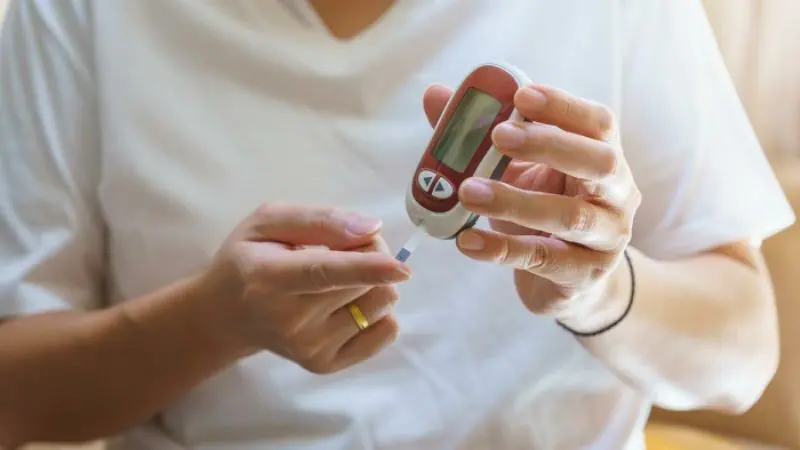Diabetes insipidus is a rare condition that occurs when the body can’t regulate its fluid balance properly. Despite sharing the name “diabetes,” it is not related to diabetes mellitus (type 1 and type 2), which involves blood sugar levels.
Instead, diabetes insipidus is characterized by intense thirst and the excretion of large amounts of urine. This article aims to provide an overview of diabetes insipidus, its causes, symptoms, diagnosis, treatment, and potential complications.
1. Understanding Diabetes Insipidus
Diabetes insipidus is a condition resulting from the body’s inability to produce, store, or respond to the antidiuretic hormone (ADH), also known as vasopressin. This hormone controls the body’s water balance by instructing the kidneys to conserve water, reducing the amount of urine produced.
In the absence of this hormone or if the kidneys fail to respond to it, the body produces excessive amounts of dilute urine leading to frequent urination, and subsequently, thirst.
There are four types of diabetes insipidus:
- Central Diabetes Insipidus: This condition arises when the body does not produce enough ADH due to damage to the hypothalamus or pituitary gland, often caused by injury, infection, surgery, or tumors.
- Nephrogenic Diabetes Insipidus: This type of diabetes insipidus occurs when the kidneys do not respond properly to ADH, often due to genetic disorders or chronic kidney disorders.
- Gestational Diabetes Insipidus: Occurs only during pregnancy when an enzyme produced by the placenta destroys ADH in the mother.
- Primary Polydipsia (Dipsogenic Diabetes Insipidus): This form is caused by excessive fluid intake due to a defect in or damage to the thirst mechanism, located in the hypothalamus.
2. Symptoms
The primary symptoms of diabetes insipidus are:
- Excessive urination: A healthy adult typically urinates an average of 1 to 2 liters per day. However, with diabetes insipidus, urine volumes can exceed 3 liters to as much as 15 liters per day.
- Excessive thirst: To compensate for fluid loss, an individual may feel an intense thirst and drink large amounts of water.
Other symptoms can include dehydration, fatigue, dry skin, and irritability. In severe cases, if not treated promptly, it can lead to seizures and even coma.
3. Diagnosis
Diagnosis involves a number of tests:
- Water Deprivation Test: This test measures changes in body weight, urine output, and urine composition after fluid intake is restricted.
- Vasopressin Test: After the water deprivation test, synthetic ADH is administered to check if the kidneys respond appropriately by concentrating the urine.
- Blood Tests: These tests measure electrolyte levels and blood glucose levels to rule out diabetes mellitus.
- MRI: An MRI may be used to check for any abnormalities in the hypothalamus or pituitary gland.
4. Treatment
Treatment for diabetes insipidus depends on the type and the underlying cause:
- Central Diabetes Insipidus: Treatment often involves hormone therapy with synthetic ADH, available as a nasal spray or tablets.
- Nephrogenic Diabetes Insipidus: This form is harder to treat. A high fluid intake is often recommended to compensate for the fluid lost through urination. Diuretics and nonsteroidal anti-inflammatory drugs (NSAIDs) can also help reduce urine output.
- Gestational Diabetes Insipidus: This is typically treated with synthetic ADH.
- Primary Polydipsia: Treatment involves reducing fluid intake.
5. Potential Complications
If left untreated, diabetes insipidus can lead to dehydration and an imbalance in electrolytes — minerals in your body, such as sodium and potassium, that maintain the balance of fluids. These complications can lead to symptoms like muscle pains, nausea, vomiting, and in severe cases, shock and coma.
Conclusion
Although diabetes insipidus is a rare condition, it can have a significant impact on an individual’s quality of life due to its symptoms and potential complications. With appropriate diagnosis and treatment, individuals with diabetes insipidus can lead healthy and normal lives. If you suspect that you might have diabetes insipidus, seek medical attention promptly to avoid any potential complications.




